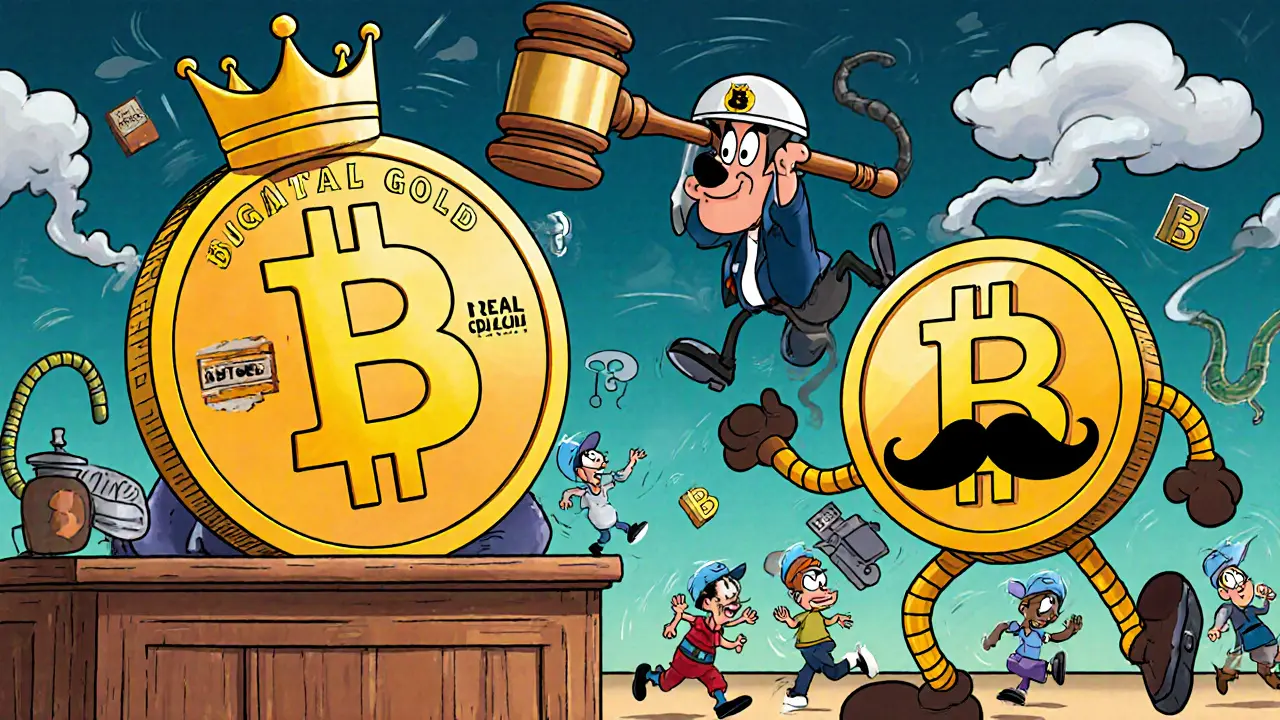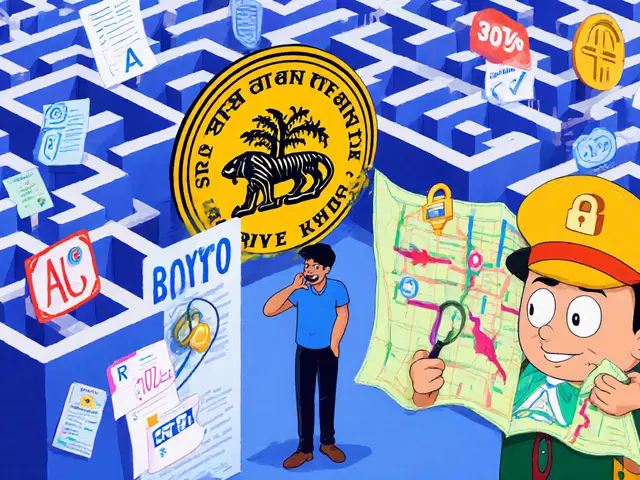Peer-to-Peer Cash: What It Is and Why It Still Matters in Crypto
When Bitcoin launched in 2009, it wasn’t just another digital currency—it was peer-to-peer cash, a system that lets anyone send value directly to anyone else without needing a bank, payment processor, or government approval. Also known as digital cash, it was designed to cut out the middlemen who take cuts, delay transactions, and control who gets access. This wasn’t theoretical. Satoshi Nakamoto’s whitepaper didn’t talk about speculation or NFTs—it talked about sending money like email, with no one in between.
That idea still drives the best parts of crypto today. Bitcoin, the first and still most trusted implementation of peer-to-peer cash remains the only cryptocurrency that’s been running non-stop for over 15 years without a central team, no CEO, and no way to change its rules by vote. Meanwhile, decentralized finance, a collection of protocols built to replace banks with code tries to extend that same idea—letting people lend, borrow, and earn without permission. But here’s the problem: most DeFi apps today still need you to go through centralized exchanges, hold your keys poorly, or rely on oracle feeds that can be hacked. Real peer-to-peer cash doesn’t need any of that.
Some projects pretend to offer it. Others claim to improve it. But only a few actually live by its core rule: no intermediaries. That’s why the posts below focus on what’s real—like the failed exchanges that claimed to be decentralized but got hacked, the meme coins with zero utility that confuse hype for innovation, and the regulatory crackdowns that prove how hard it is to truly escape the old system. You’ll see how Bolivia flipped from banning crypto to embracing it, how flash loan attacks expose the fragility of so-called "trustless" systems, and why even the most advanced DeFi protocols still rely on centralized pieces. This isn’t about chasing the next airdrop. It’s about understanding what peer-to-peer cash actually means today—and whether any project is still trying to build it the right way.







Categories